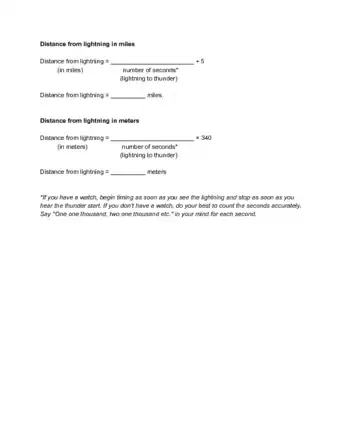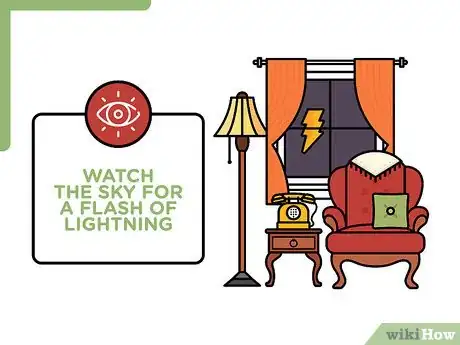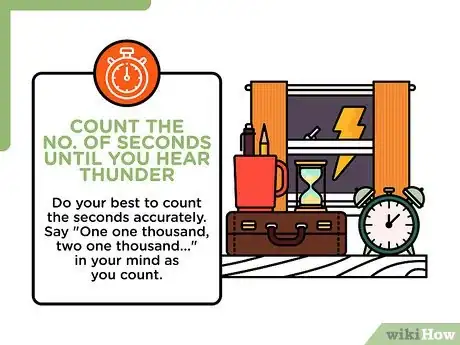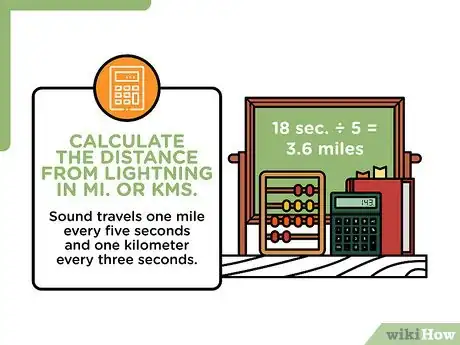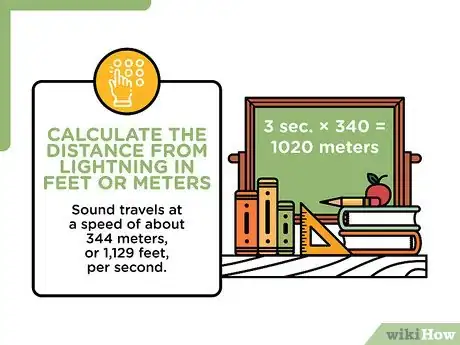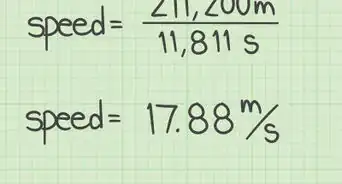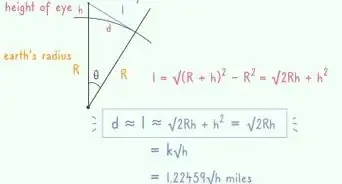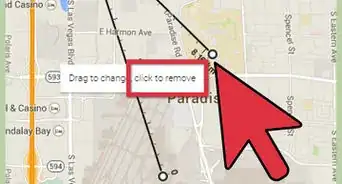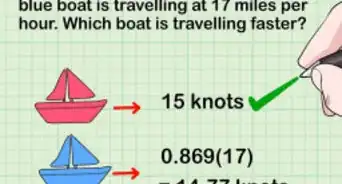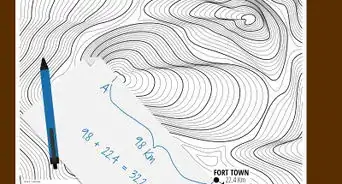wikiHow is a “wiki,” similar to Wikipedia, which means that many of our articles are co-written by multiple authors. To create this article, 78 people, some anonymous, worked to edit and improve it over time.
wikiHow marks an article as reader-approved once it receives enough positive feedback. This article received 13 testimonials and 92% of readers who voted found it helpful, earning it our reader-approved status.
This article has been viewed 1,653,467 times.
Learn more...
A thunderstorm is approaching, and suddenly you see lightning followed by a deafening clap of thunder. It sounded close -- really close. Calculating the distance from lightning can just give you peace of mind if you're in a safe location, or it can help you know if you need to find a safe path as soon as possible. So how close were you to the lightning strike? Read on to find out.
Steps
Calculation Help
Calculating the Distance from Lightning
-
1Watch the sky for a flash of lightning.[1]
-
2Count the number of seconds until you hear thunder. If you have a digital or analog watch, begin timing as soon as you see the lightning and stop as soon as you hear the thunder. If you don’t have a watch, do your best to count the seconds accurately. Say "One one thousand, two one thousand..." in your mind as you count.[2]Advertisement
-
3Calculate the distance from lightning in miles or kilometers. Sound travels one mile every five seconds and one kilometer every three seconds. Therefore, if you want to find out how far you are from lightning, divide the number of seconds by 5 if you want the answer in miles and divide it by 3 if you want the answer in kilometers. The delay between when you see lightning and when you hear thunder occurs because sound travels much more slowly than light. Here's what you do:[3]
- Let's say you counted 18 seconds. To find your distance from the lightning in miles, divide 18 by 5 to get 3.6 miles. To find your distance from the lightning in kilometers, divide 18 by 3 to get 6 kilometers.
- Though you won't be able to get a completely accurate result because the weather may vary in temperature and humidity, which will slightly affect the speed of sound, this is a good way to estimate how far you are from the lightning.
-
4Calculate the distance from lightning in feet or meters. Sound travels at a speed of about 344 meters, or 1,129 feet, per second. To calculate your distance from the lightning in meters, just round 344 down to 340 and multiply the number of seconds by 340. To calculate your distance from the lightning in feet, just round 1,129 up to 1130 and multiply the number of seconds by 1130.[4] Here's how you do it:
- Let's say you counted 3 seconds. Multiply that number by 340 to get your distance in meters. 3 x 340 = 1020 meters. Multiply that number by 1130 to get your distance in feet. 3 x 1130 = 3,390 feet.
Community Q&A
-
QuestionHow much power is in lightning?
 R2_d2000Top AnswererOne lightning strike is about a billion volts and can be between 10,000 to 200,000 amps.
R2_d2000Top AnswererOne lightning strike is about a billion volts and can be between 10,000 to 200,000 amps. -
QuestionHow is thunder caused?
 Community AnswerThunder is caused by the rapid expansion of air due to the extreme heat of lightning and thus creates a sonic boom (thunder) when it returns to its original state.
Community AnswerThunder is caused by the rapid expansion of air due to the extreme heat of lightning and thus creates a sonic boom (thunder) when it returns to its original state. -
QuestionWhat is minimum distance that one cannot hear thunder after a lightning flash?
 Community AnswerThunder can be heard from a maximum distance of about 10 miles (16 km) under good atmospheric conditions.
Community AnswerThunder can be heard from a maximum distance of about 10 miles (16 km) under good atmospheric conditions.
Warnings
- If you find out that the lightning is less than a mile away, make sure you find/have shelter immediately. Lightning might strike you.⧼thumbs_response⧽
- Due to the way sound travels and how various objects, such as mountains and buildings, interact with sound waves this is not the most reliable way to predict lightning distance. Don't let your life depend on it. Listen to local weather authorities.⧼thumbs_response⧽
- If you do not see the lightning strike directly, the sound you hear may be a reflection off a building or a mountain, which adds time between the two events (the flash and the bang, thus making the lightning seem farther away than it really is. Consider the effect of nearby (especially large) objects/obstructions, as sound must "bend" around and bounce off of them. Any indirect path must be larger than the distance which you are trying to calculate.⧼thumbs_response⧽
- Lightning can be deadly.[5] See the related wikiHow article for more information on staying safe in a thunderstorm.⧼thumbs_response⧽
- This is not an exercise to perform outside. If you are close enough to hear the thunder, you're close enough to be struck by lightning. Lightning can travel rapidly and has struck people over 10 miles away from the storm. If possible, find shelter immediately.[6]⧼thumbs_response⧽
References
- ↑ https://wgntv.com/weather/weather-blog/ask-tom-why/whats-the-formula-to-calculate-the-distance-of-lightning/
- ↑ https://wgntv.com/weather/weather-blog/ask-tom-why/whats-the-formula-to-calculate-the-distance-of-lightning/
- ↑ https://www.weather.gov/safety/lightning-science-thunder
- ↑ https://www.livescience.com/37734-how-far-away-is-lightning-distance.html
- ↑ https://www.weather.gov/media/safety/Lightning-Brochure18.pdf
- ↑ https://www.weather.gov/media/safety/Lightning-Brochure18.pdf
About This Article
To calculate the distance from lightning, watch the sky for lightning and then count the number of seconds after a lightning strike until you hear thunder. Take your response and divide it by 5 to determine the distance of the lightning strike in miles. For example, if you counted to 15 seconds before you heard thunder, divide 15 by 5 to get 3 miles. To calculate the distance in kilometers, divide the seconds by 3 instead. So, 15 divided by 3 would be 5 kilometers in distance. To learn how to calculate the distance in feet or meters, scroll down!
